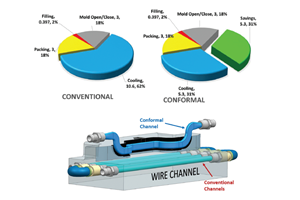It only takes two minutes — two minutes from the moment you start talking to Hans Keller and the plant tour begins — to realize there is something very different about the Aesculap division of B. Braun, one of the leading manufacturers of medical technology and pharmaceutical products worldwide. Every employee is greeted with a smile. Every question posed is answered in detail. Every process and machine are thoroughly explained.
Prototype- and Toolshop Manager Hans Keller started his career with Aesculap in 1972, and the company’s R&D, prototyping, tool- and moldmaking department hasn’t stopped growing since the dedicated thoroughbred engineer took it over in 1995. The toolshop produces prototypes, models, injection molds, forging and forming tools, complex progressive dies as well as measuring and test equipment, and jigs and fixtures for series production.
When Keller talks about knee or hip implants, surgical instruments, products for neurosurgery or minimally invasive product concepts, you can virtually feel his passion, which doesn’t stop with the products the company, with its 3,600 employees in Tuttlingen, makes (the Braun group employs 70,000 people in 64 countries and sells a total of 5,000 products). His passion lies within technology, machine tools, EDM, additive manufacturing (AM) technology (the company currently runs 18 AM machines for both metal and plastics printing), moldmaking and automation.
“An internal toolshop (which serves its parent company) does not need to generate any profits, but it needs to be good and efficient,” he says. “Therefore, since I took over the shop in 1995, I have been calculating in man-hours. The time a milling machine is running producing parts doesn’t generate any costs; only the time it takes a worker to load and unload the machine is relevant for our cost calculation.”
He describes his department as the most unproductive plants of all within the Braun group, as he is not generating any profits. “I am just an inevitable evil,” he says with a smile. “Nevertheless, our division is needed to find and develop the most efficient and precise way to produce a surgical instrument, implants and other medical devices and is the most advanced manufacturing site in terms of automation.”
Automation Is the Way to Go
Keller is constantly on the lookout for ideas on how to make the production of nearly 70,000 different single parts needed for Braun’s complete product range as efficient as possible. And for him, automation is the way to go. “We are very good in developing and producing high-quality medical parts here in Germany,” he says. “But the future is connected automated machines which run unattended overnight, even in departments like ours. We need to work efficiently here, but we also transfer our machining and automation know-how to our global production plants.”
In light of these considerations, it is less surprising (than it would be when you visit a tool and mold shop) to see a Grob G350 five-axis milling machine with a Lang automation solution running next to the company’s automated EDM and HSC work cell. The milling machine can produce 90 parts over the weekend and runs 40 hours unattended, Keller says. “We used to annually machine 4,000 to 5,000 of these consumable parts on two machines, which are needed in the hip implant production where they are used to seal certain areas of the prothesis during coating. Now, with the Lang automation solution – which at a price of 100,000 euros is very affordable – we only need one machine because it can run unattended overnight.”
The Lang Robotrex robotic machine loading system installs within an enclosure at the front of a machine and features a 12-kg-capacity Fanuc robot. Each part blank is clamped in its own Makro-Grip vise, and those vises are seated in rows atop a trolley that is delivered to the Robotrex. Vertical orientation of the vises enables multiple vises to be installed on the compact trolley. Each of the trolleys has a capacity to hold 30 vises with a maximum part size of 120 by 120 by 100 mm.
The Makro-Grip vises grip part blanks in an unconventional way. A 20-ton stamping machine is used to squeeze either side of a blank along its bottom and uses “teeth” that create multiple indentations in the blank. The blank is then placed in the vise that has jaws with mating indentation profiles. This form-fit connection is said to provide high holding force, even though the vise grips on only a small portion of the blank. It also provides ample access to five sides of the part during machining. Because the robot picks a common vise from the trolley and not parts of different sizes or shapes, only one gripper type is required, and there is no teach-in process needed to accommodate new grippers for new jobs.
Next to this neat little production cell is a bigger and quite impressive automated EDM work cell, where an Erowa Robot Dynamic Linear handling system connects two Exeron EDM machines, an Exeron HSC machine, as well as measuring and cleaning stations to enable unmanned, efficient production.
Automated EDM Work Cell Produces Complex Injection Molds
One of the complex molds Aesculap produces here are injection molds to produce special soft load clip cartridges for titanium ligation clips for easy clip release during surgery (see photo). Due to the division’s long-standing expertise, most molds for series production in other plants are produced here. To make the intricate molds for the cartridges, 70 different electrodes are necessary, Keller explains. “During eroding, we work with accuracies in the area of ±1/100 mm. Therefore, and because of the many electrode changes, we decided to have a fully automated production cell, and we can run the cell unattended.”
To produce molds for these and other complex and very often tiny medical devices to the required accuracy, Keller decided to integrate a measuring machine. The necessary geometry data, dimensions and tolerances are automatically transferred from all popular CAD systems to the measuring machine. Before milling, every electrode is measured and assigned a zero-point before it is coded and stored in the magazine (with space for 180 electrodes and 10 workpieces), where the robot picks them up on demand.
The CERTA software used by Aesculap assigns electrodes to workpiece holders and makes them available in the CERTA central process control system, preventing errors during the insertion of the parts into the machine. All information is on the chip. When the electrode is inserted into a magazine, it is immediately recognized in the corresponding magazine position. This data is also provided centrally. Workpieces can therefore be changed correctly and flexibly. “We insert the tools via barcodes and the system does the rest automatically – clamping errors and the like are practically eliminated,” says Keller. “But of course, the whole process has to be simulated before going into production.”
Apart from guaranteeing the required precision, the cell can also be programmed and run overnight in a ghost shift to not only produce electrodes but surgical instruments and products that cannot be milled, for example. For such small-batch parts, which would not be viable to produce during the day, the automation pays off – as it is cost neutral for Keller, who calculates man-hours to cover his costs. The cell paid off in less than a year, Keller says, as he is constantly on the lookout for new technology and machines.
The high demands on precision and the need to machine hard-to-cut materials, such as titanium, have also accumulated massive expertise in the field of CNC machining (the shop runs a total of 35 CNC machines), which is the reason that the plant in Tuttlingen has been given worldwide responsibility for development and manufacturing technology. All larger machine investments are (almost literally) scrutinized down to the last detail there, in order to ensure that every Braun plant manufactures at the same high level.
Highly complex molds and tools are also exclusively developed and made in Tuttlingen – for all global sites. One example are injection molds for the handles of disposable scissors, used in minimally invasive surgery, as well as the progressive dies for the scissor’s blades.
Additive Manufacturing for Prototypes and End-Use Parts
Keller is currently cooperating with Toolcraft, a company in Southern Germany that uses Trumpf TruPrint LMF (laser metal fusion) machines for producing additive parts, to manufacture some of these scissors and other medical devices for special applications via laser metal melting. Therefore, the two companies are developing ways to create a powder of a medical steel, a stainless and hardenable steel with high tensile strength and good corrosion resistance.
“Toolcraft has seven TruPrint machines in production, and I am currently eying a TruPrint 3000 to complement the 18 3D printers we are already running here in our toolshop,” Keller says.
Aesculap has installed its first AM machine (Stereolithography) in 1993. Today, additive manufacturing at Aesculap covers a wide range of applications: with the various machines and systems (Objet, EOS, 3D Systems, Concept Laser and Prodways), individual three-dimensional patient templates, training models for surgery and measurement programs for high-volume parts can be created. These are complemented by additively manufactured parts for rapid prototyping, as well as the development of individually adapted geometries, e.g. for patient-specific implants, such as giant knee implants for extraordinarily tall people like basketball players.
Keller’s latest investment is an Arburg Freeformer (APF – Arburg Plastic Freeforming) to ramp up his shop’s high-volume production activities. The Freeformer offers options required by the medical industry, such as the processing of bio-compatible materials or the quality, strength and immediate use of parts.
“Here, the Freeformer offers significant advantages, including the processing of original materials. For example, medically-approved, resorbable PLLA, the high quality of the parts produced owing to extremely small layer thicknesses or the option of manufacturing hard/soft combinations,” says Keller.
In the near future, Keller aims to produce some of the company’s standard knee implants on a metal laser sintering machine. “Some of the sizes are produced in batches of 150 or 130,” Keller explains. “The lifetime of such an implant is about eight years. The tools needed to produce these parts amount to roughly 20,000 euros. In this case, laser-sintered parts would be cost-efficient.”
Related Content
How to Use Thermal Management to Improve Mold Cooling
A review of common mold cooling issues and possible solutions, including 3D printing applications.
Read MoreMMT Chats: 4 Keys to a Successful Mold-Building Operation: Innovation, Transparency, Accessibility and Relationship
MoldMaking Technology Editorial Director Christina Fuges chats with Steve Michon, co-owner of Zero Tolerance in Clinton Township, Michigan, about the excitement of solving problems, the benefits of showing gratitude, the real struggle with delegation and the importance of staying on top of technology. This episode is brought to you by ISCAR with New Ideas for Machining Intelligently.
Read More3D Printing Innovates Hot Runner Manifold Design
Metal 3D printing combined with a conventionally machined manifold block overcomes flow shadows on valve gates and offers faster color changes while providing closer system pitch centerlines between cavities.
Read More3D Printing Enables Better Coolant Delivery in Milling Operations
Just like 3D printing enabled conformal cooling channels in molds, additive manufacturing is now being used to optimize coolant delivery in cutting tools.
Read MoreRead Next
Are You a Moldmaker Considering 3D Printing? Consider the 3D Printing Workshop at NPE2024
Presentations will cover 3D printing for mold tooling, material innovation, product development, bridge production and full-scale, high-volume additive manufacturing.
Read MoreHow to Use Strategic Planning Tools, Data to Manage the Human Side of Business
Q&A with Marion Wells, MMT EAB member and founder of Human Asset Management.
Read MoreReasons to Use Fiber Lasers for Mold Cleaning
Fiber lasers offer a simplicity, speed, control and portability, minimizing mold cleaning risks.
Read More


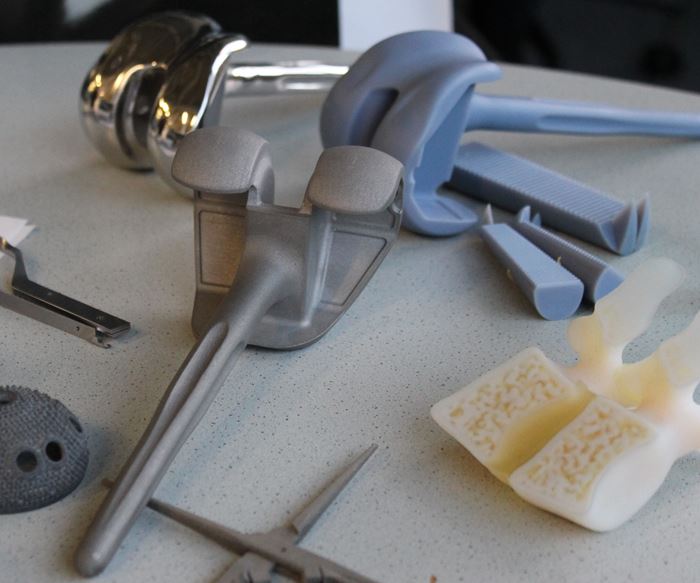
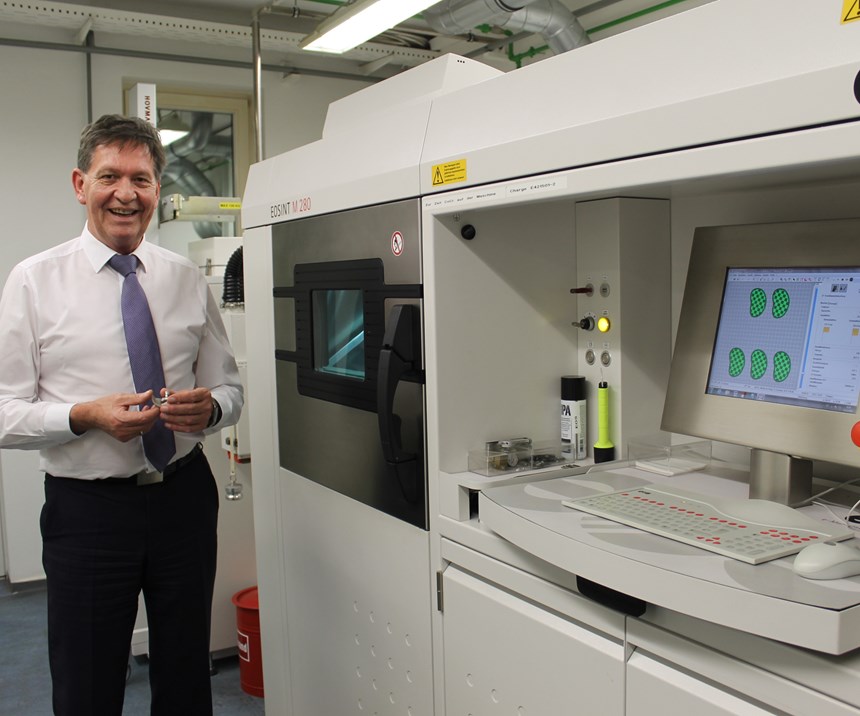
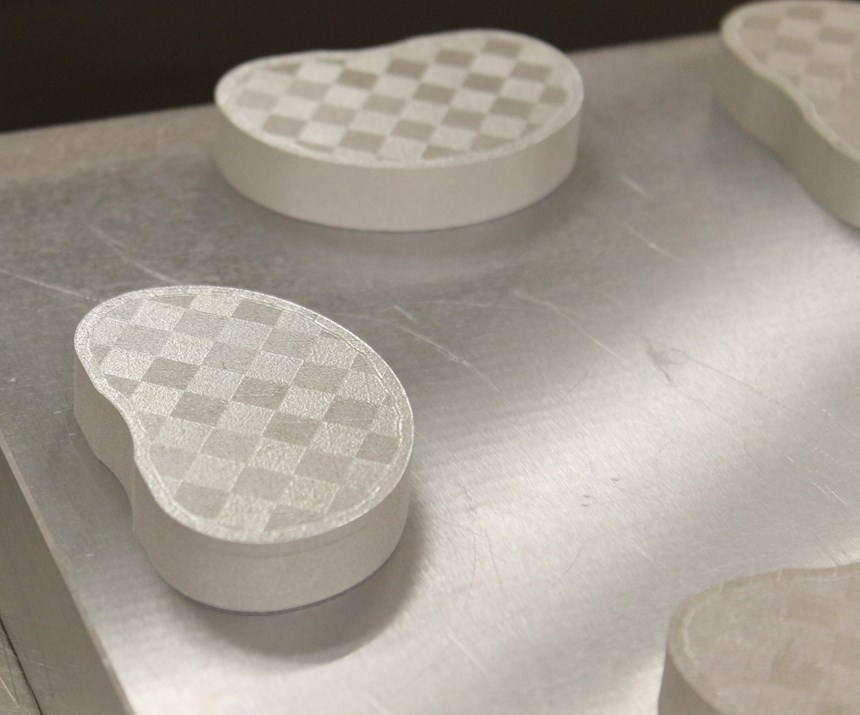


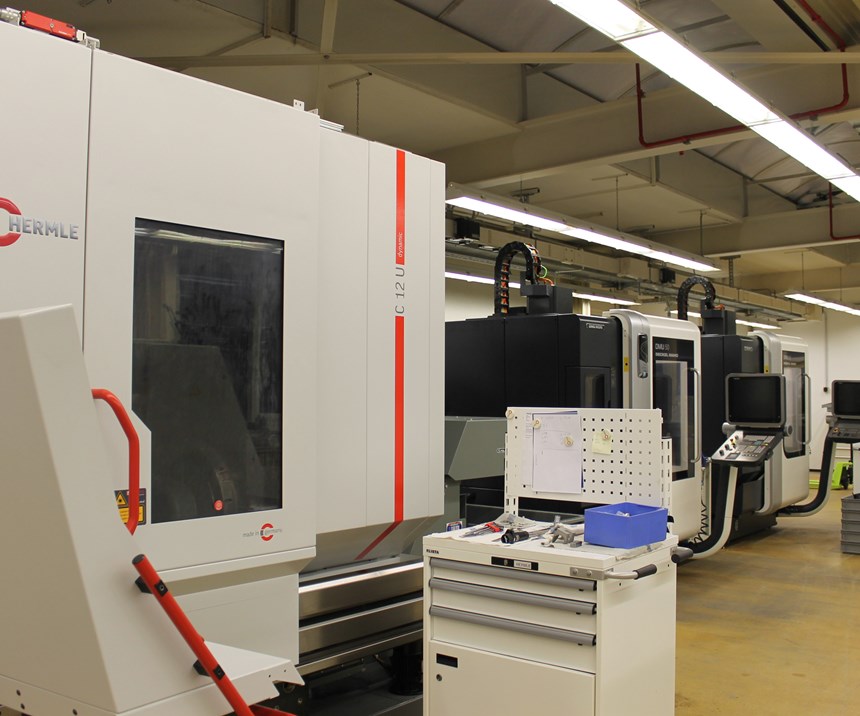










.jpg;maxWidth=300;quality=90)




